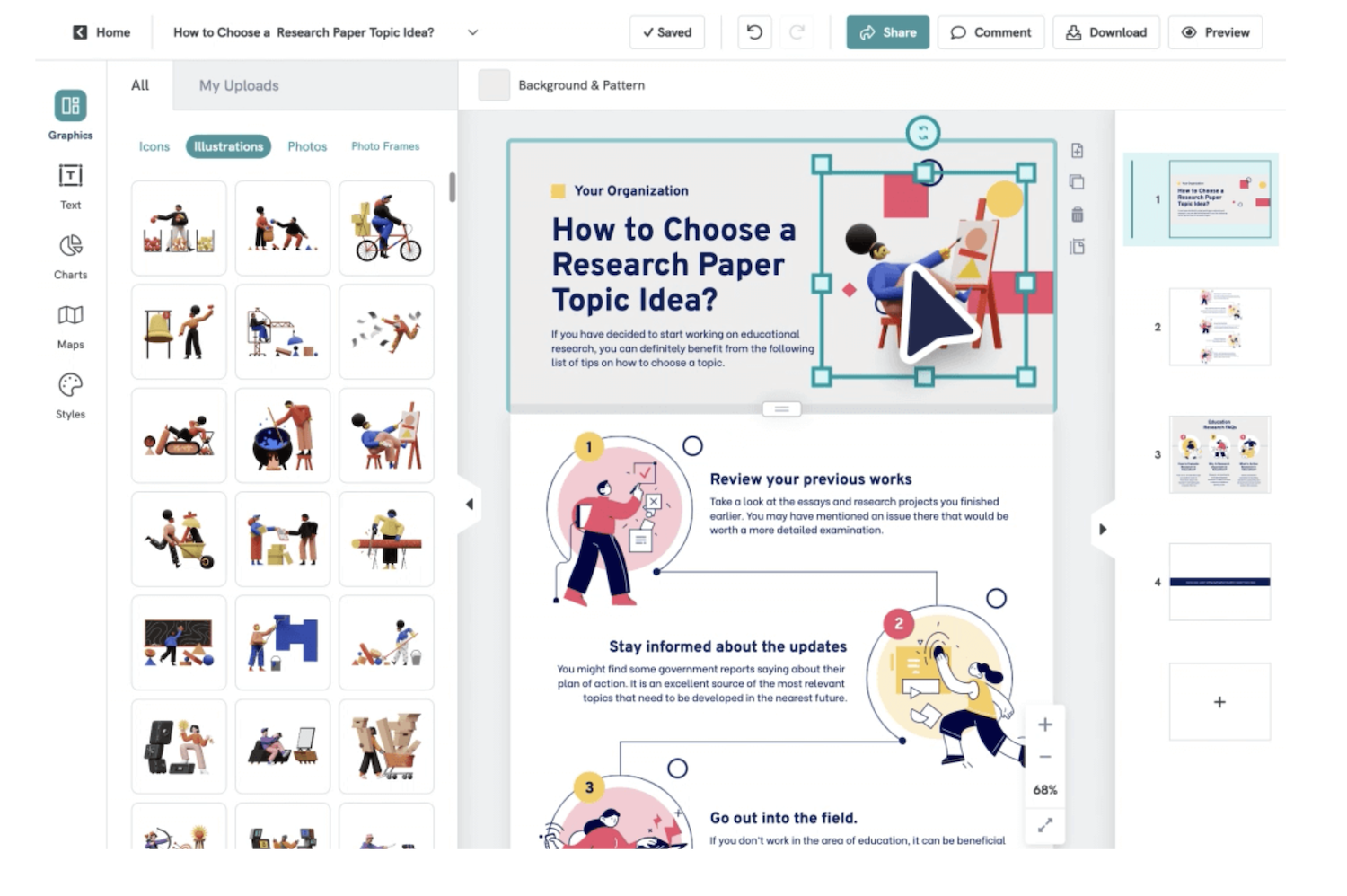In the rapidly changing world of online commerce, remaining competitive often necessitates making strategic choices. Ecommerce replatforming refers to the process of transferring vital features, data, and design elements to a new platform in order to improve performance and adapt to evolving business requirements. This is a critical undertaking that can have a substantial impact on the success and expansion of an online business. Now, let’s explore the significance of ecommerce replatforming and the essential factors to consider prior to making this transition.
What is Ecommerce Replatforming?
Replatforming is a strategic approach in the field of application modernization that entails the transfer of essential functionality, data, and design to a fresh platform, usually one that offers improved features and performance.
The focus of ecommerce replatforming specifically lies in the selection and migration to a new ecommerce platform to enhance functionality and improve the overall customer experience. This process typically involves the transfer of data, comparing different platforms, and establishment of a new ecommerce site. Ecommerce migration, on the other hand, entails the transfer of product data, customer information, and order history, often to enhance site operations, introduce new features, experimenting with business models, or improving the overall customer experience.
Ecommerce replatforming can also involve transitioning between different service partners or migrating between SaaS platforms and in-house infrastructure.

Why is Ecommerce Replatforming Important?
Replatforming your ecommerce website is a significant decision that can have a profound impact on the performance and growth of your business. As time goes on, you may discover that your current platform is sluggish, poorly designed, or unable to fulfill the needs of your customers. Ecommerce replatforming offers an opportunity to address these issues and deliver a superior user experience. However, it is crucial to carefully consider the appropriate timing and reasons for embarking on such a change.
One common motive for replatforming is subpar performance, which can result in a negative customer experience and lost sales. The speed and responsiveness of your website are paramount, as customers are likely to abandon a site that takes too long to load. Furthermore, if your existing platform lacks essential functionalities, ecommerce replatforming may be necessary to find a solution that better suits your requirements.
Additionally, inadequate user experience, compromised website speed, and customer input serve as significant indicators that the time may have come to transition to a new platform. By attentively considering customer feedback, valuable insights can be gained regarding areas in which your ecommerce site may be lacking.
Ultimately, replatforming presents numerous potential advantages, such as enhanced scalability, improved customer experience, contemporary integrations, and heightened website performance. Through the process of migrating to a fresh platform, ecommerce enterprises can effectively address existing challenges, remain competitive, and position themselves for ongoing expansion and achievement.

Factors to Consider before Switching Ecommerce Platforms
Replatforming your ecommerce website is a significant endeavor that necessitates careful deliberation and strategic planning. Before initiating the transition, it is crucial to take into consideration several key elements to ensure a seamless migration and minimize any disruptions to your business operations.
Business Impact
It is important to assess how ecommerce replatforming will impact your business in terms of enhanced performance, design, and efficiency. Evaluate whether the advantages of moving to a new platform outweigh the costs and efforts involved.

Total Costs
Take into account the overall expenses associated with ecommerce replatforming, which include the cost of acquiring the new platform, the migration process itself, any potential downtime, and ongoing maintenance. Additionally, consider the expenses related to training your team on the new platform and the potential impact on productivity during the transition.
Integrations
Assess the compatibility of the new platform with your existing connections and third-party applications. Make sure that the new platform is capable of supporting the tools and functionalities that you currently rely on to effectively operate your ecommerce business.
Features
Compare the characteristics and capabilities of the new platform with your current one. Select a solution that provides the most essential features for your business requirements and allows for future growth and innovation.
Data Backup
Before ecommerce replatforming, it is crucial to backup your data in order to prevent any potential loss or corruption. Make certain that you have a dependable backup system in place, which will serve as a fallback option in the event of any unforeseen complications during the migration.
Content Transfer
Take the time to assess and prioritize the content that necessitates transferring to the new platform. It is essential to identify and transfer only the pertinent and updated content, thereby avoiding unnecessary clutter and data migration.
Also read How to Create a Shopify Store
Conclusion
In the highly competitive world of online retail, it is crucial to remain relevant and meet the ever-changing expectations of customers. One effective solution is ecommerce replatforming, which provides a way to tackle current challenges, boost performance, and elevate the overall customer experience. However, deciding to replatform requires careful consideration of several factors, such as the impact on business, costs involved, integration capabilities, available features, data backup options, and content migration. By approaching replatforming with foresight and strategic planning, ecommerce businesses can position themselves for continuous growth and achieve success in the constantly evolving digital landscape.
Frequently Asked Questions
What is website replatforming?
Replatforming a website, also known as website migration, is essentially the process of upgrading the underlying system that powers your website. This entails transferring your site from its existing platform, usually a Content Management System (CMS), to a new one.
What is the difference between refactoring and replatforming?
Refactoring is a practice that concentrates on improving the internal arrangement of a software application’s code without modifying its functionality. This results in advantages like enhanced code legibility, improved performance, and decreased technical debt.
Replatforming, on the other hand, entails moving an application to a fresh platform, such as a different cloud environment or operating system. Its objective is to leverage the features of the new platform while minimizing alterations to the codebase. The advantages of replatforming include enhanced scalability, reduced infrastructure management, and access to new functionalities.
When do you need to replatform for ecommerce?
Replatforming becomes essential when your existing ecommerce platform presents challenges such as a high total cost of ownership (TCO), slow development cycles, constant maintenance requirements, inability to meet modern ecommerce standards, inconsistent performance, or obsolescence. However, if your current platform fulfills all business requirements but needs improved implementation or configuration, the benefits may not outweigh the complexity and cost of migration. In cases where the problem lies with the implementation or service provider, undertaking the process of replatforming could lead to unnecessary duplication of costs and risks associated with data migration.
Author
-

Rajat, a CFA and seasoned SpotSaaS writer, thrives at the intersection of technology and finance. Drawing from his expertise in marketing and product management, he helps users navigate the complex software landscape to find solutions that align with their business goals. By blending his deep understanding of financial decision-making with a passion for emerging technologies, Rajat crafts insightful content that empowers businesses to choose software that drives growth, efficiency, and innovation. His work bridges the gap between technical possibilities and practical business needs, making software selection a strategic advantage for his audience.
View all posts




